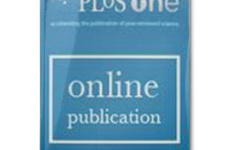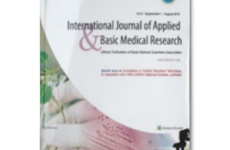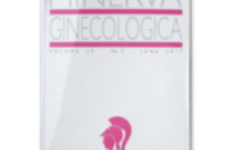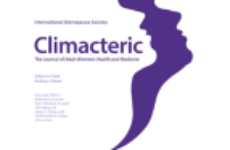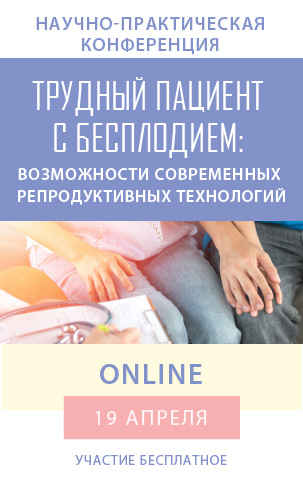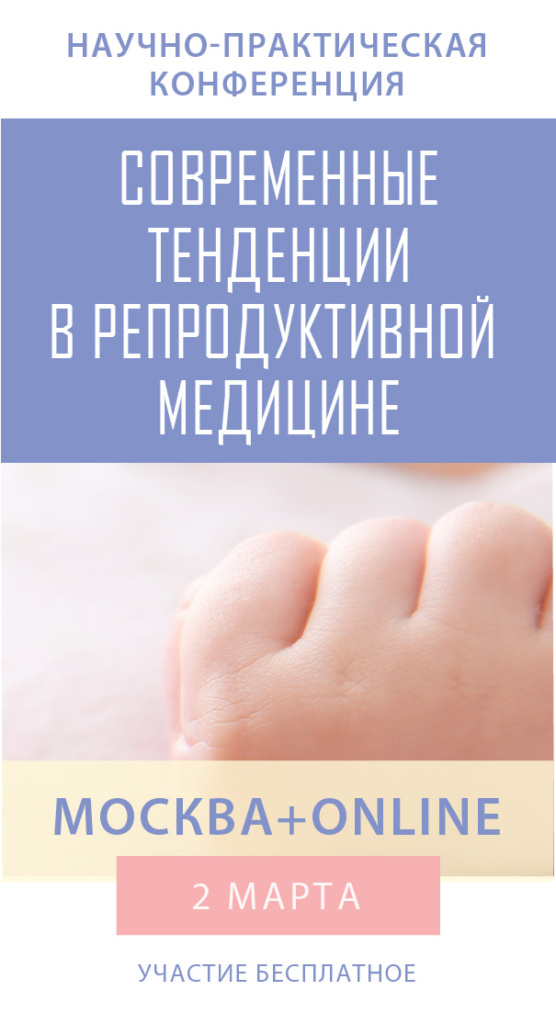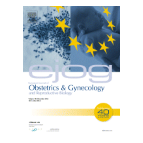
Objective
To compare the Follicular Output Rate (FORT) between corifollitropin alfa (CFA) and recombinant follicle-stimulating hormone (rFSH) during controlled ovarian stimulation (COS).
Study design
This retrospective analysis compared FORT between women treated with CFA or rFSH from three clinical trials: ENGAGE (N = 1476; ages 18–36, >60 kg), ENSURE (N = 395; ages 18–36, ≤60 kg), and PURSUE (N = 1388; ages 35–42, ≥50 kg). Women underwent COS in a GnRH antagonist protocol followed by hCG trigger prior to IVF. Antral follicle count (AFC; <11 mm) and pre-ovulatory follicle count (>15 mm) were used for FORT, defined as [pre-ovulatory follicles/AFCx100].
Results
For CFA and rFSH, respectively, mean FORT (adjusted for trial and age) was 85.0 versus 76.8 (p < 0.001) in the combined cohort, 86.0 versus 75.0 in ENGAGE (p < 0.001), 96.2 versus 79.2 in ENSURE (p = 0.070), and 74.1 versus 71.2 in PURSUE (p = 0.180); mean oocyte output (oocytes retrieved/AFCx100, adjusted for age) was 121.9 versus 107.3 in ENGAGE (p = 0.001), 133.5 versus 102.3 in ENSURE (p < 0.001), and 100.6 versus 98.1 in PURSUE (p = 0.463).
FORT and oocyte output were consistent with the number of metaphase II oocytes retrieved for CFA and rFSH: 10.4 versus 8.8 in ENGAGE (p < 0.001), 10.3 versus 7.6 in ENSURE (p < 0.001), and 7.5 versus 7.2 in PURSUE (p = 0.37). No differences in pregnancy rates based on FORT were observed.
Conclusions
FORT was significantly higher in CFA-stimulated cycles and accurately predicted oocyte output. No association of FORT with pregnancy likelihood was found.
Georg Griesingera, Valerie Tealb, Christine McCrary Siskc, Jane Ruman



